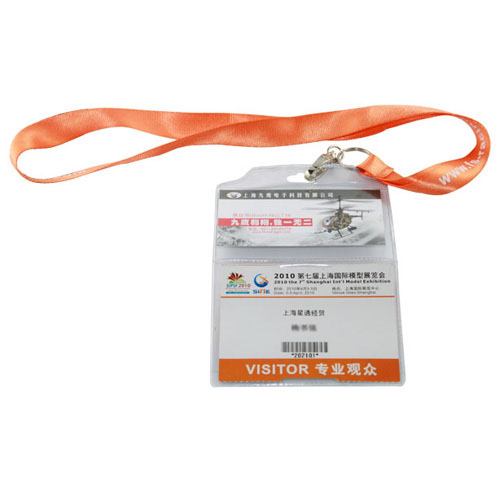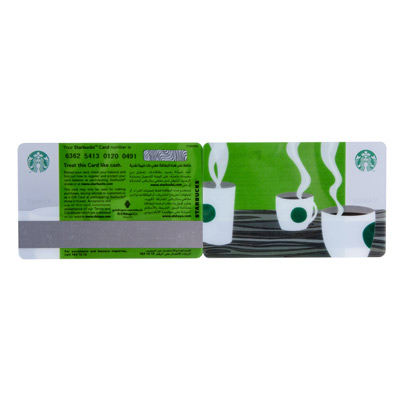With the rapid development of economy and the rapid development of information industry, improving production methods, improving operating power, reducing operating costs and improving service quality have become the top priority of all enterprises and institutions. Fixed property management has the characteristics of wide distribution, large quantity and frequent adjustment. In the current form of management, information distortion and lag caused by human factors in the process of information transmission of property changes lead to the fact that accounting can not be synchronized., and can not optimize the allocation of equipment in time, resulting that a lot of high-value property is put on hold and wasted and the authenticity of financial reports was seriously affected. Currently, there are many rfid cards for sale in the market. This article may help you know more about RFID cards.
As a bridge between fixed property and information system, RFID cards technology can integrate daily property management activities and property management system, and then achieve real-time synchronization of information and system information. Therefore, it is possible to set up a set of financial management system based on the skills of RFID card to complete the active management.
RFID card property management system uses radio frequency skills (RFID cards) to equip each fixed property with an electronic tag with only ID number in the world, and uses a hand-held reader for inventory of property. It can quickly read the electronic tag information on the equipment and the read label information is sent to the background server through the built-in communication method and processed by the wireless communication module. Fixed reader is used for access control. The circularly polarized antenna is selected to ensure multi-view tag identification. Then, it finishes all-round and accurate supervision of fixed property and things from purchase, acquisition, handling, inventory, cleaning up to scrap, and so on. Combined with the financial classification calculation and other statements, the real closure of "accounts, cards, things" is consistent.
Because the electronic tag of RFID card has the characteristics of large storage capacity, fast transmission speed, no counterfeiting, concurrent identification and so on, it can record the real-time information of property in the tag reliably and reliably through the support of the database of the financial management channel, and then supervise the real-time financial management, which improves the operation power and reduces the cost and expenditure. Clear operation interface and accurate and timely data processing make the system be a modern operation form, which provides a more reliable basis for enterprise financial evaluation and decision-making plan, and avoids the risk that may be formed in the process of fixed property management.
Property management includes the operation of adding, allocating, shelving, scrapping, repairing and inventory of property. It includes the whole process of equipment from leaving factory, putting into use to scrapping. When the equipment leaves the factory, it is equipped with electronic tags, which write the information of the property. Every time when the property is handled, the reader will read the electronic tags on the property and send the information to the server for processing, and then finish the tracking of the property.
1) Additional operation of property: Fill in the relevant information (place title, property bar code, type, title) of the equipment to be handled in the card issuing procedure, and save the record in the database. Attach (or hang) an electronic tag with property information according to the rules.
2) Property allocation operation: Prepare the property to be allocated, and open the door that controls the stroke switch, and the reader is reading the label at the moment. Take out the property with the electronic tag and walk out of the door. Investigate the quantity of the property displayed on the reader and the LED display screen. It is acknowledged that the electronic tag on the device is read. Close the door, and now the property has been transferred from the base station. Take the property to the destination where it needs to be allocated, open the door, bring the property to the base station, and acknowledge that the electronic tag on the property is read correctly. Close the door and finish the transfer of property.
3) Property repair operation: Prepare the equipment which is now in trouble, open the door that controls the stroke switch, and keep the reader in the condition of reading the label. Take out the device which has problems, investigate the display of digital tube on the reader and acknowledge that the label is read correctly. Close the door of the base station, and the faulty equipment is transferred from the base station. Take the equipment to the warehouse repair area, press the reader control button (the indicator light on the button is on at the moment), acknowledge that the label information on all the equipment is correctly read to press the reader control button again (the indicator light on the button is off), and the equipment is in repair condition at the moment.
4) Property scrap operation: Prepare scrap equipment, open the door of the control stroke switch, and make the reader be in the condition of reading labels. Take out the waste equipment and acknowledge that the label is read correctly. Close the door of the base station and remove the equipment from the base station. Take the equipment to the waste area of the warehouse, press the control button of the waste area reader, and acknowledge that the label information on the equipment is read correctly. Press the reader control button again, that is to say, the device will be discarded.
5) Property inventory operation: press the handset "I/O" switch to turn on. On the top of the interface, we click the opening connectivity windows, click connected GPRS, and start the inventory program.
6) The whole system has the characteristics of long-distance rapid identification, high reliability, high confidentiality, easy operation and easy expansion.
7) Establish safe and reliable property files, strengthen property supervision through high and new skills, allocate resources reasonably, reduce resource waste and avoid property loss.
8) Give full consideration to the actual situation of the company, discuss the problem from the perspective of professional skills, and deal with the problem of disorder and poor real-time property management. Provide an advanced, reliable and applicable digital channel for active identification and intelligent management of incoming and outgoing property, so that the company can make qualitative progress in real-time and dynamic management of internal property.
9) Make full use of the RFID card's function of active collection and communication, wireless long-distance transmission, and complete the real-time co-operation of property change information and system information, and complete the useful real-time monitoring and recording of operation process by the background system, so that managers can timely understand the allocation and application of property in the office.
10) All property data are input at one time, and the system actively distinguishes property status according to data collected by RFID card reader in different areas.
Startrend is a professional rfid card manufacturer. If you are interested in our products or have any other question, please contact us.
 Follow Plastic Key Manufacturers to Learn the Value of Keychain Cards
Follow Plastic Key Manufacturers to Learn the Value of Keychain Cards RFID Cards Campus Card Shows the Trend of Educational Modernization!
RFID Cards Campus Card Shows the Trend of Educational Modernization! Problems Encountered in the Process of Making PVC Smart Cards
Problems Encountered in the Process of Making PVC Smart Cards Management of Recycling Environmental Bags Based on RFID Technology
Management of Recycling Environmental Bags Based on RFID Technology Application of RFID Handset in Store
Application of RFID Handset in Store Technology Introduction and Market Application of RFID Card
Technology Introduction and Market Application of RFID Card



